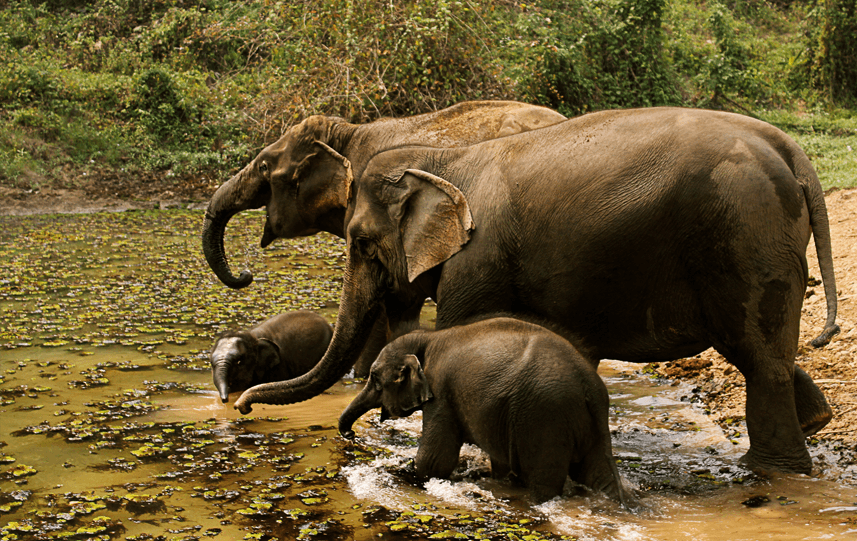There are around 800 elephants left in Laos. About 400 in the wild and 400 in captivity. Of this population, only a small percentage of females are still capable of breeding, due to lack of breeding opportunities given to them while they are working. Because of this, about 10 elephants die annually for every 1-2 elephants born. With these numbers it is predicted that the elephant population in Laos could disappear in the next 20-30 years. In an attempt to prolong the existence of this iconic species, the ECC has been working to increase the birth rates in Laos.
The Center began as a nursery for all pregnant logging elephants to come and rest through their pregnancy, as well as the vital years of breast feeding. Elephants are pregnant for 18-22 months. The last year of pregnancy an elephant cannot work, as well as the next 3-4 years of breastfeeding. Because of this, many mahouts stopped breeding their elephants, which resulted in reproductive issues for many retired logging elephants in the current population.
The baby bonus program allowed mahouts to breed their elephants without financial concerns. Once the logging industry had almost come to an end, the Center decided to begin a breeding program. Perfecting this program proved challenging. A female elephant is only in heat for a few days every four months.


